products
- Metal Casting (1)
- Metal Forging (1)
- Metal Laser Cutting (1)
- Metal Molds (1)
- Metal Surface Treatment (1)
- Uncategorized (24)
blogs
- P20 mold steel 2024 年 10 月 30 日
- Shell casting offers a number of important advantages. 2024 年 10 月 30 日
- D2 tool steelPerformance and Application of D2 Tool SteelD2 tool steel 2024 年 10 月 24 日
- Characteristics of AISI 4140 composite steel 2024 年 10 月 22 日
- Characteristics of SAE4340 steel 2024 年 10 月 22 日
Contact us for more information
What is a metal mold for pouring?
You can fill our molds with your melted mixture to create bread, gold bars, coins, or ingots. We can provide metal molds made of various materials according to your needs, including graphite, special alloy structural steel, and cast iron.
graphite
Graphite is an ideal material for metal casting because it can withstand extremely high temperatures. You can easily remove metal without the need for a mold release agent or lubrication spray, you can easily remove metal. We can also provide customized carving and forming graphite ingot molds to meet specific requirements. With time and repeated use, graphite molds will begin to deteriorate. Most customers find that they can use graphite molds for 30 to 60 pours before they need to replace them. The exact number of uses may vary.
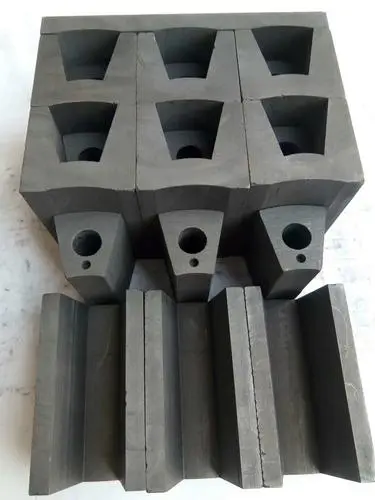
Special alloy structural steel
Special-alloy structural steel molds are also a good choice because they are durable and have a long service life. Compared to graphite, their service life is significantly longer. However, you must use a mold release agent or lubrication spray before each casting to prevent the material from adhering to the mold. We offer specialized alloy structural steel molds in both adjustable and wire versions. Our adjustable molds can shape your metal into the appropriate shape for further flattening in the rolling mill.
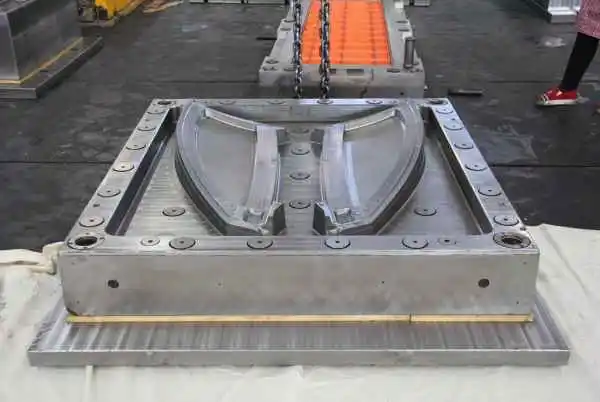
cast iron
Non-precious metals, such as copper and brass, typically use these molds for melting processes that do not require smooth surfaces. These molds are durable and can withstand multiple consecutive pours. However, before pouring, lubricate the mold with a release agent or spray agent to prevent the metal from sticking to the mold cavity.
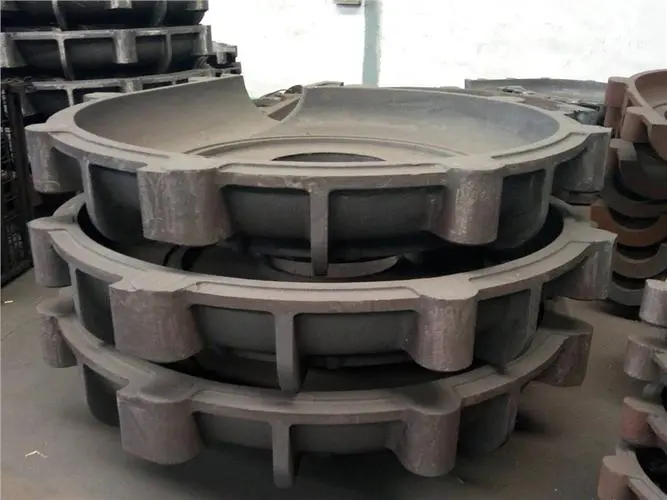
What is forging?

As a trusted supplier in the metal forging market, we reserve a variety of products of different grades. Our products meet or exceed the highest standards and can withstand the most extreme environmental tests. Forging can enhance the strength, toughness, and service life of metals. Metal forging, among other anisotropic metals, is a process that uses high pressure and high temperature to shape metals. Forging can save materials, reduce losses, and effectively control costs.
Why do metals need surface treatment?
Due to the requirements of the application scenario, our products will undergo corresponding surface treatments to meet the needs of the application scenario, such as corrosion resistance, wear resistance, decoration, or other special functional requirements.
For metal castings, the commonly used surface treatment processes based on operational requirements are mechanical polishing, chemical treatment, surface heat treatment, spray coating, and so on.
Divide into two categories: traditional surface treatment and modern surface treatment.
Traditional surface treatments include polishing, electroplating, chemical plating, thermal infiltration plating, coloring, etc.

Modern surface treatments include physical vapor deposition, chemical vapor deposition, ion implantation, laser surface treatment, etc.
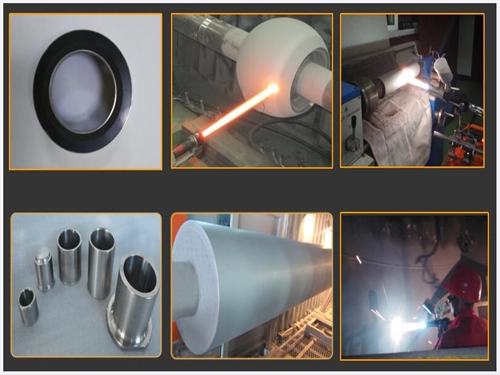
What is laser cutting?
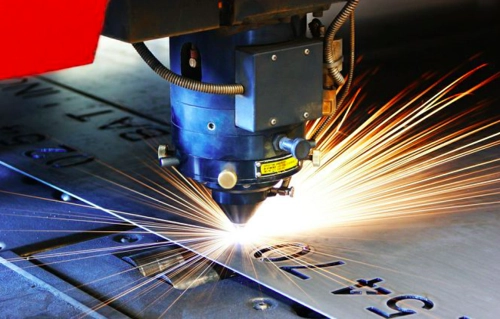
Laser cutting is a technology that uses a high-power laser beam to shine on the surface of steel by melting and evaporating to achieve cutting. It can cut special-shaped parts.
Laser cutting technology uses the energy concentration characteristics of a laser beam, which can produce high temperatures in a very small area through the local melting or vaporization of steel, so as to achieve accurate cutting.
The cutting dimension accuracy is up to ±0.05mm. the cutting torch is not in contact with the workpiece during laser cutting, which keeps the workpiece clean. During the cutting process, thermal affected area is small, workpiece deformation is small, and maintains the original properties of the material.
What is metal casting?

Metal casting is the process of manufacturing products by mixing and melting various types of metal in accordance with the product design process and the design proportion of the material into the hollow model mold. When the metal cools and hardens, it forms the shape of the mold. There is a technique to cast metal that is less expensive and produces it more quickly than the final product. There are many casting methods for metal casting, and the appropriate production method can be selected according to the product.

comments